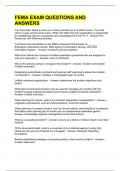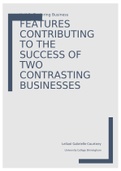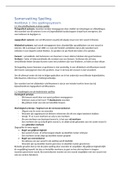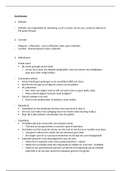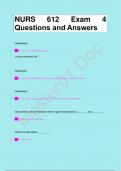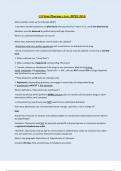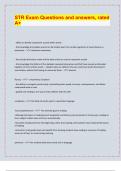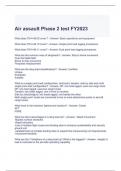Class notes
NUR 243 Exam 1 Summarized Notes
- Course
- NUR 243
- Institution
- University Of Rhode Island
Comprehensive, detailed and Summarized Lecture notes including slideshow notes, in class notes, images, drug charts, etc covering topics of orientation to pharm, nursing responsibilities, stages of drug development, basic principles, pharmacokinetics, pharmacodynamics, drug interactions, adverse re...
[Show more]




